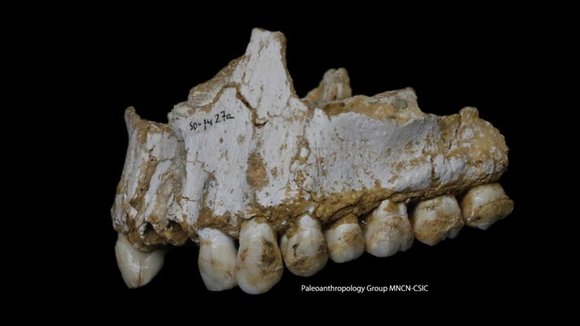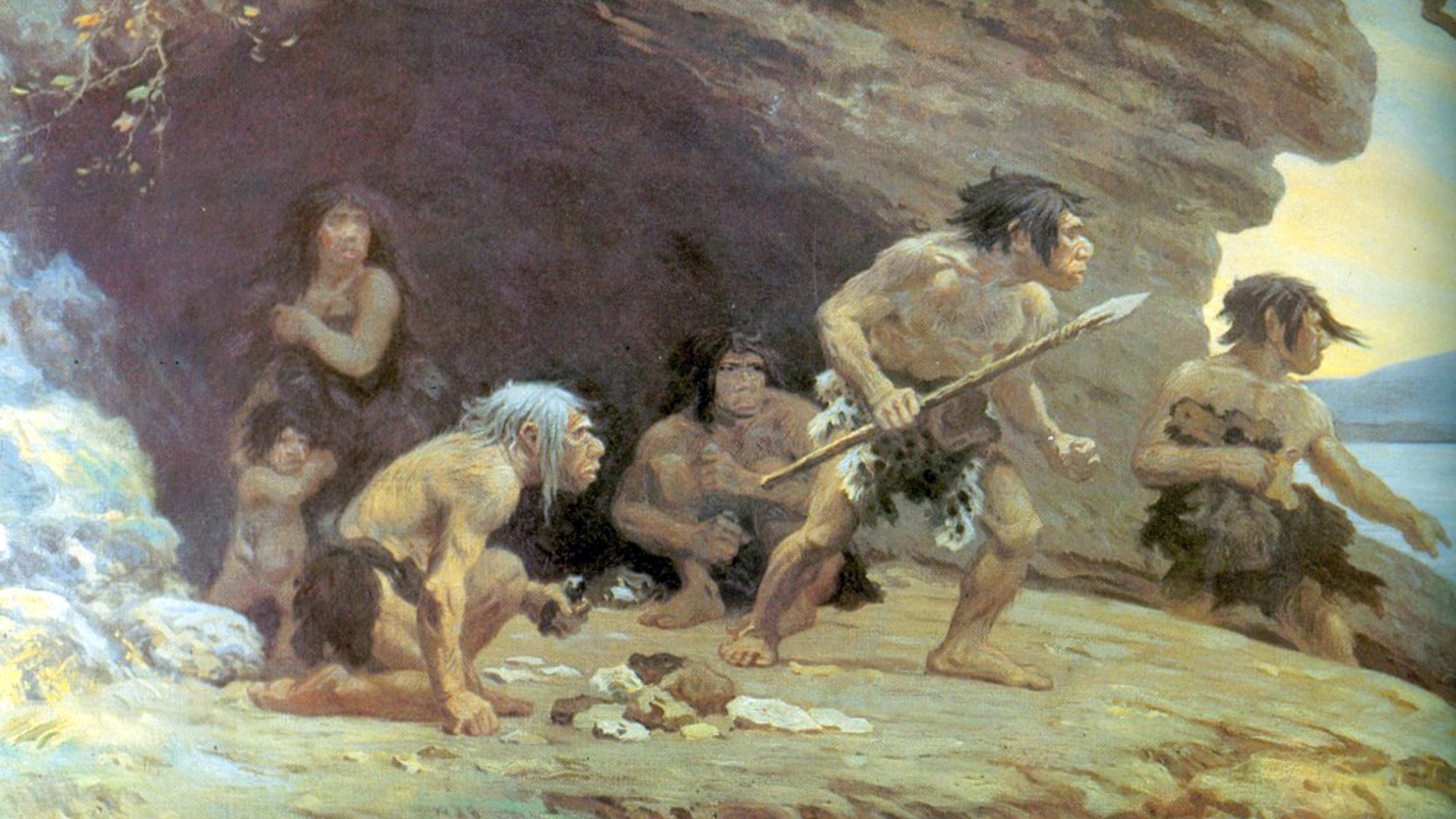Stuck
An international team of researchers, led by the University of Adelaide's Australian Centre for Ancient DNA (ACAD), examined the dental plaque of four Neanderthals. The remains are between 42,000 and 50,000 years old and were found in caves in Belgium and Spain. But why dental plaque? ‘Microbes from the mouth, along with pathogens from the airways and gastrointestinal tract, get stuck to dental plaque,’ Dr Laura Weyrich, researcher and chief author of the article, explained in a press release. ‘Plaque also contains tiny bits of food that remained caught between the teeth.’ The DNA of the microbes and the food has been preserved for thousands of years. ‘A genetic analysis of this “stuck-on” DNA provides a unique glimpse into the Neanderthals' way of life. It shows us what they ate, how healthy they were, and how the environment influenced their behaviour.’
Packed with microbes
The genetic analysis provided some surprising new insights, such as those into diet and oral microbiota: the sum total of microbes that live in our mouths. These microbes can vary strongly depending on what we eat. The same was true for Neanderthals. Food remains showed that the “Belgian” Neanderthals ate a great deal of meat from creatures such as woolly rhinos and wild sheep. As a result, their oral microbiota closely resembled that of early hunter-gatherers; it even looks a bit like that of modern humans. The individuals from Spain, on the other hand, ate a more plant-based diet that consisted mostly of mushrooms, nuts and tree bark. The variety of bacteria in their mouths therefore shows many similarities with that of chimpanzees.

Upper jaw of a Neanderthal found in present-day Spain, with dental plaque visible on the rear molar (right side).
Exchanging microbes
The dental plaque also reveals that Neanderthals and modern humans have a number of pathogens in common. The research team found the genome of the archaeon Methanobrevibacter oralis, the oldest microbial genome ever identified. This microbe, which causes gingivitis, had previously been discovered in remains of modern humans as well. Their finding suggests that Neanderthals and modern humans were still exchanging pathogens around 180,000 years ago, long after the two species diverged.
Painkillers
As it turns out, the Neanderthals also took measures to actively combat these pathogens. One of the Neanderthals found in Spain had an abscess in his mouth and was carrying a parasite that causes diarrhoea. His dental plaque shows that he had also eaten from a poplar tree. This tree contains the painkiller salicylic acid, which is the active ingredient in aspirin. The researchers also found a species of Penicillium, a fungus that produces an antibiotic, which they had not come across with the other Neanderthals. According to the researchers, this might be a form of self-medication. ‘It would appear that Neanderthals had a great deal of knowledge regarding medicinal plants and their anti-inflammatory and pain-relieving properties,’ according to Professor Alan Cooper, director of the ACAD. ‘Use of antibiotics, some 40,000 years before the discovery of penicillin, would be quite a surprising find.’ The researchers conclude that ‘Based on the microbes that lived in and with us, we are gaining a unique look at our own evolutionary history.’
Source: Nature

